Tourist Highlights in Kuching East Malaysia
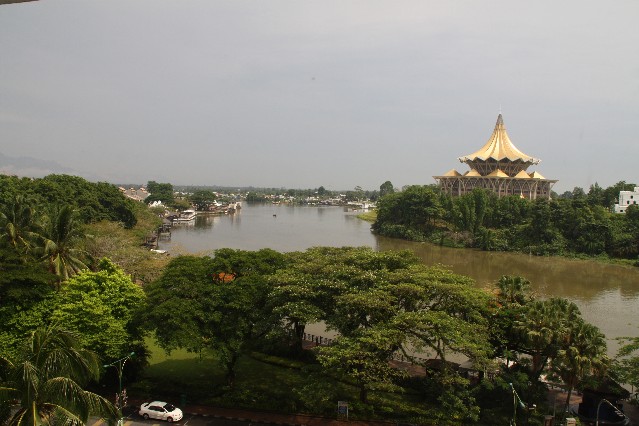
Kuching is the capital city of the Malaysian state of Sarawak located in East Malaysia Borneo. Kuching is the 4th largest city in Malaysia. Kuching, in the Malay language, means cat, so Kuching city is often called Cat City. Population of Kuching is around 1 million people.

There are a number of statues of cats throughout Kuching though the naming of Kuching after a cat is not entirely correct. James Brooke from England was appointed the Governor in 1841. At the time the area was not named. James Brooke saw along the river a small white flower with a black dot in the middle and wanted to name the town after the flower. He asked the locals what the name of the flower was and he was told it was called ‘mata kuching’ which means cat eyes. He mistakenly thought they had said ‘kuching’ and named the town accordingly.
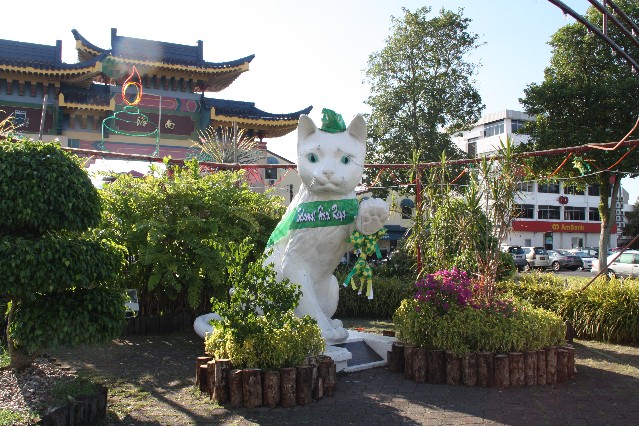
The main part of Kuching city is overlooking the Sarawak river which is interconnected with a series of rivers that travel inland into the heart and highlands of Borneo. Deep inland are a number of traditional Dayak villages with family communities still living in the longhouses along the river.
Right on the Sarawak River, in the middle of Kuching, is the Kuching Waterfront. During the day it is fairly quiet with a few shops open though at night restaurants and bars open. You can also take a river cruise along the Sarawak River from Kuching Waterfront. Just across from the Waterfront center you will see the impressive Sarawak State Legislative Building and the historical Astana (Kuching Palace).
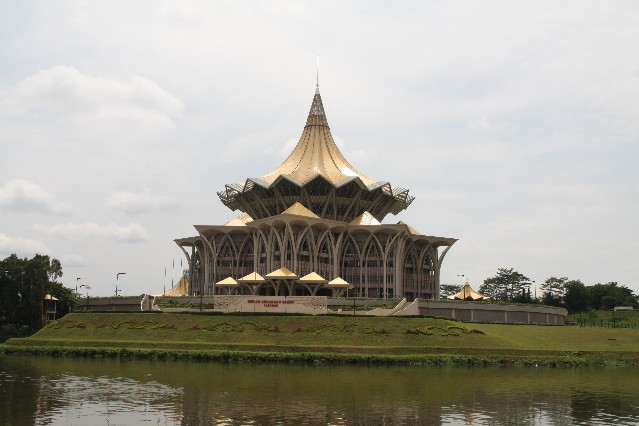
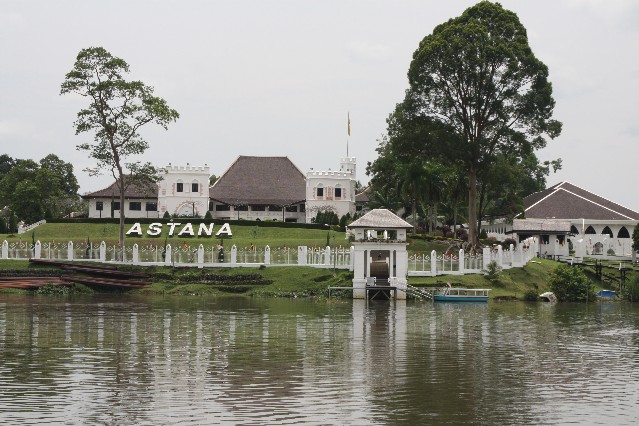
Bako National Park is located 37kms from Kuching and one of the most interesting National Parks in Sarawak. With a combination of jungle and secluded beaches, Bako National park has some great trails for trekking. Along the coastline are some amazing sandstone formations carved out by the waves and tides of the ocean.
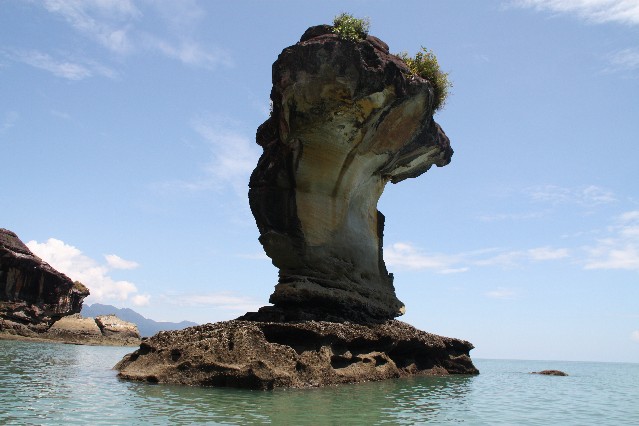
Within the Bako National Park you will find a variety of animals including the Proboscis Monkey (which is only found in Borneo), macaques monkeys, squirrels, mouse deers, otters, tarsiers, monitor lizards, snakes and over 150 species of birds.
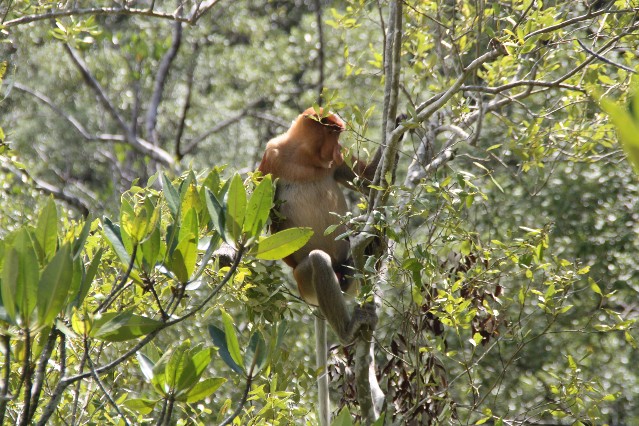
Semenggoh Orangutan Rehabilitation Centre is located 23 kilometers from Kuching, taking around 40 minutes drive. The nature reserve is 740 hectares of protected land which is used to rehabilitate Orangutan that were once people’s pets back into the wild. There is a feeding platform which the semi-wild orangutan can come back to each day if they have not found their own food in the wild.
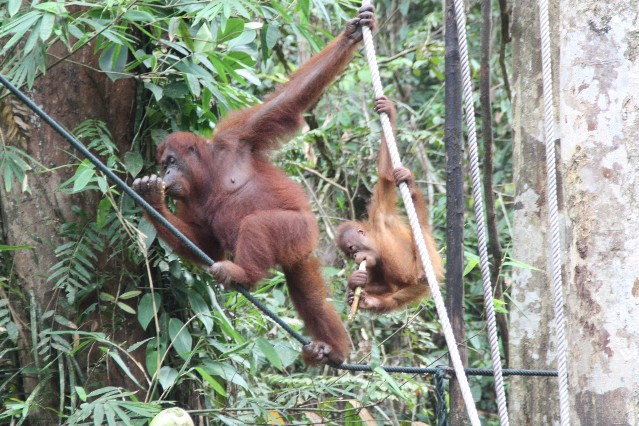
Tua Pek Kong Temple is located next to the Hilton Hotel down beside the Sarawak River, overlooking the the Kuching Bazaar which has been operating since 1770. The Tua Pek Kong Temple was built by the Chinese community in Kuching in 1843 and has been restored many times. During the second world war it remained standing while most buildings surrounding it where bombed.
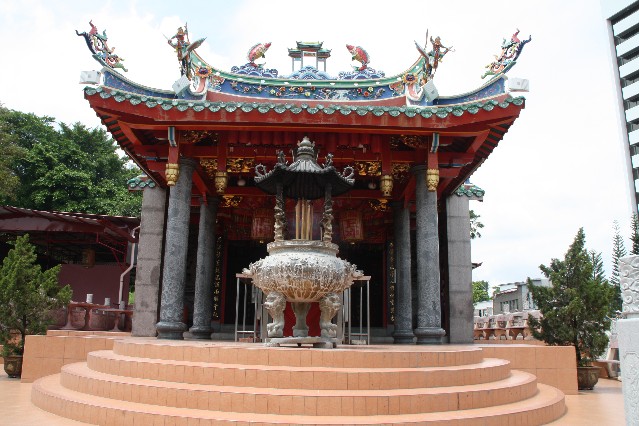
The Sarawak Museum, located at the top of Merdeka Park (Padang Merdeka) was built in 1891 by Charles Brooke, the white Rajah of Sarawak. The building was a copy of the Normandy town hall in France. The Sarawak Museum is a Ethnology Museum with displays the handicrafts, clothing and tools from the indigenous people of Sarawak. Next to the Sarawak Museum is also the Nature History Museum, Art Museum and the Islamic Museum.
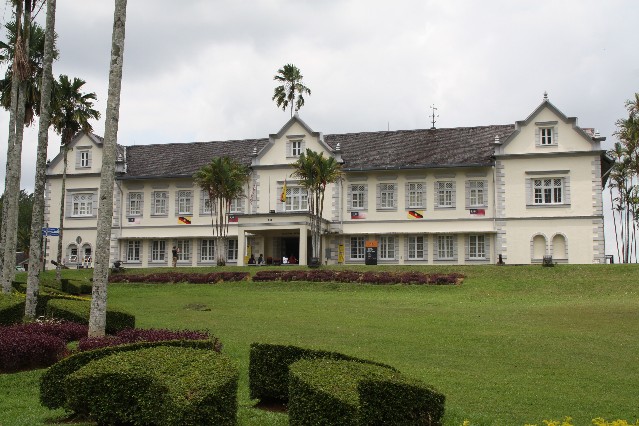
India Street (Jalan India) is located parallel to the Kuching Waterfront. India Street was named because all the shops along the street were owned by Indians who had immigrated from both north and south India. The street was originally called King Street though in 1928 the third Rajah of Kuching Sir Charles Vyner Brooke renamed it to India Street. Today it is still lined with shops selling textiles, fabrics, clothing like tshirts, jeans and dresses as well as arts and crafts. In 1992 India street was closed to traffic so now is a pedestrian mall.
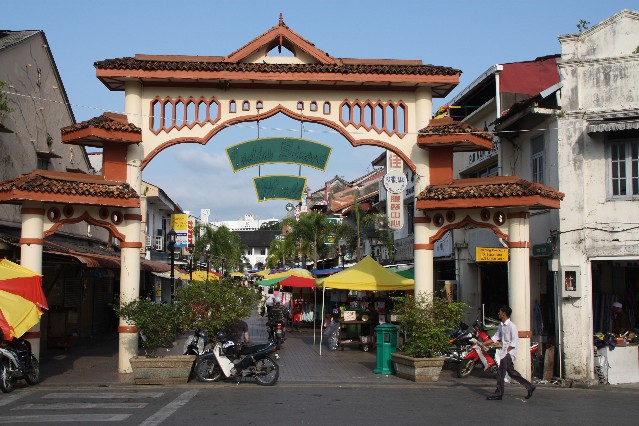
If you walk to the end of India Street you come to the entrance of Carpenter Street which is Kuching’s Chinatown. It’s a single street with shops owned by the Chinese community and a few Chinese Temples.
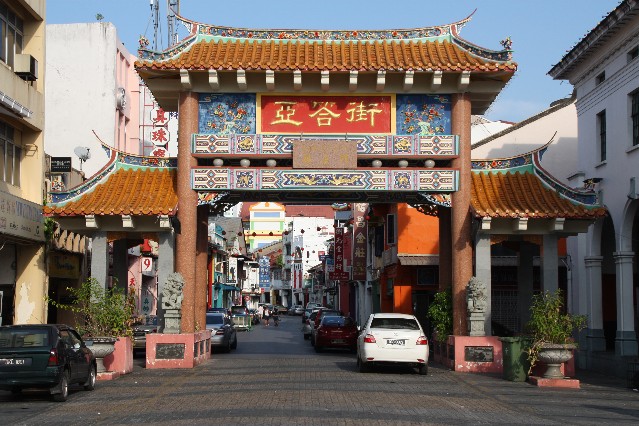
Land Dayak Longhouse – located 70 kilometers from Kuching is Kampung Annah Rais which is a traditional Dayak Longhouse. The Longhouse consists of a small village built on top of a bamboo structure which is raised off the ground around 8 feet. There is basic and cheap accommodation available at the Longhouse.
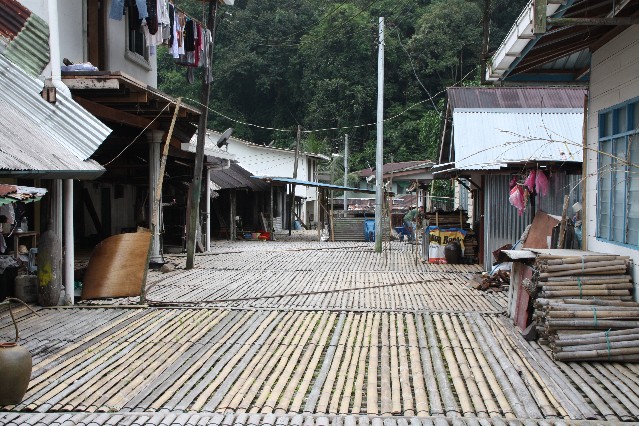
Beneath the bamboo structure that supports the village the people keep their livestock animals including chickens, pigs and goats. When you arrive at the village you will be greeted by one of the local ladies who will give you a small glass of rice wine (which is rather tasty). It is an insult to refuse so if it’s against your religion then please explain this to them and they will understand.
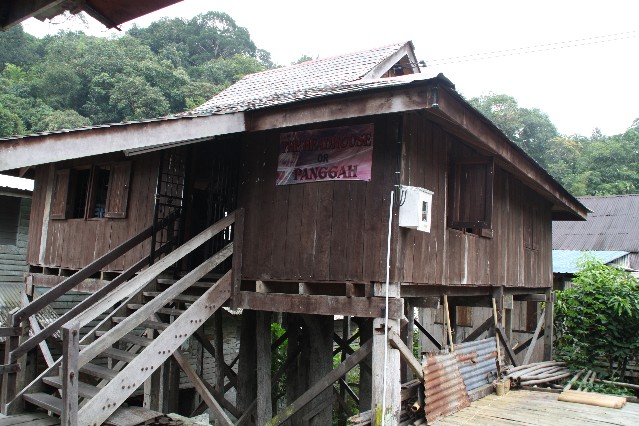
In the middle of Kampung Annah Rais is what they call in the local Dayak language the ‘Panggah’ which means the Headhouse. No this is not where the Head of the Village lives but in fact where they used to store the heads. Sarawak was once home to real headhunters which was practiced until around the 1950s after the second world war.
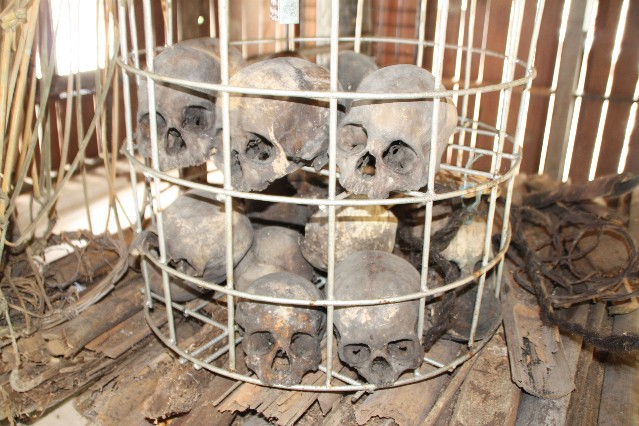
[do_widget id=wpp-33]